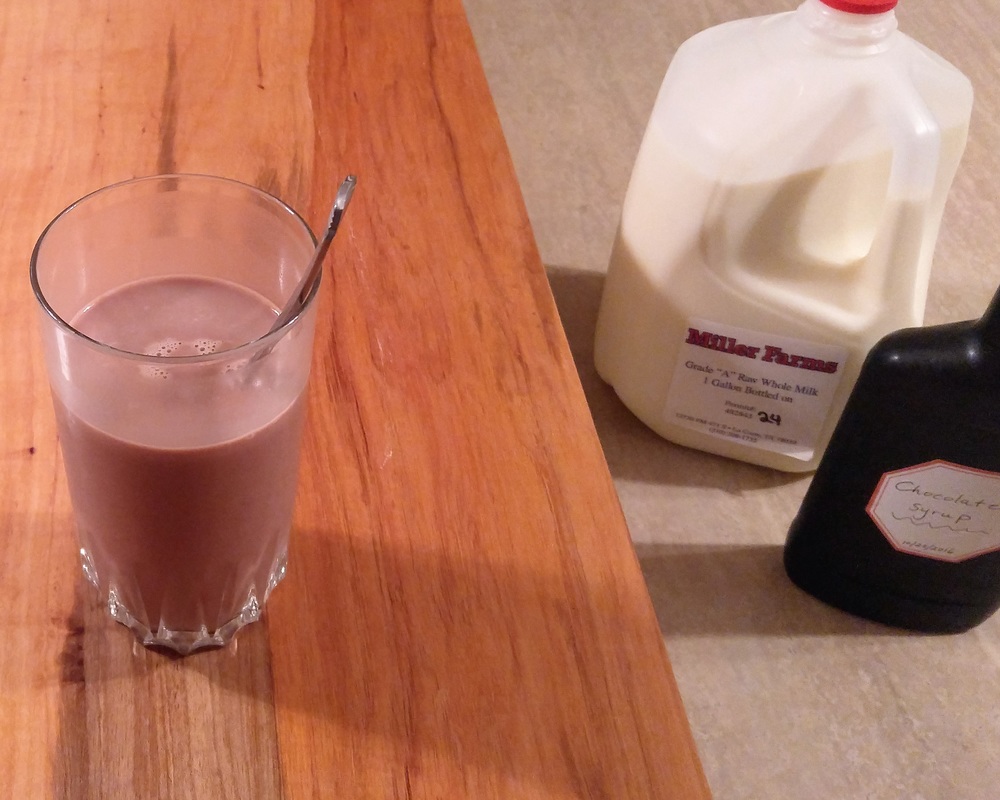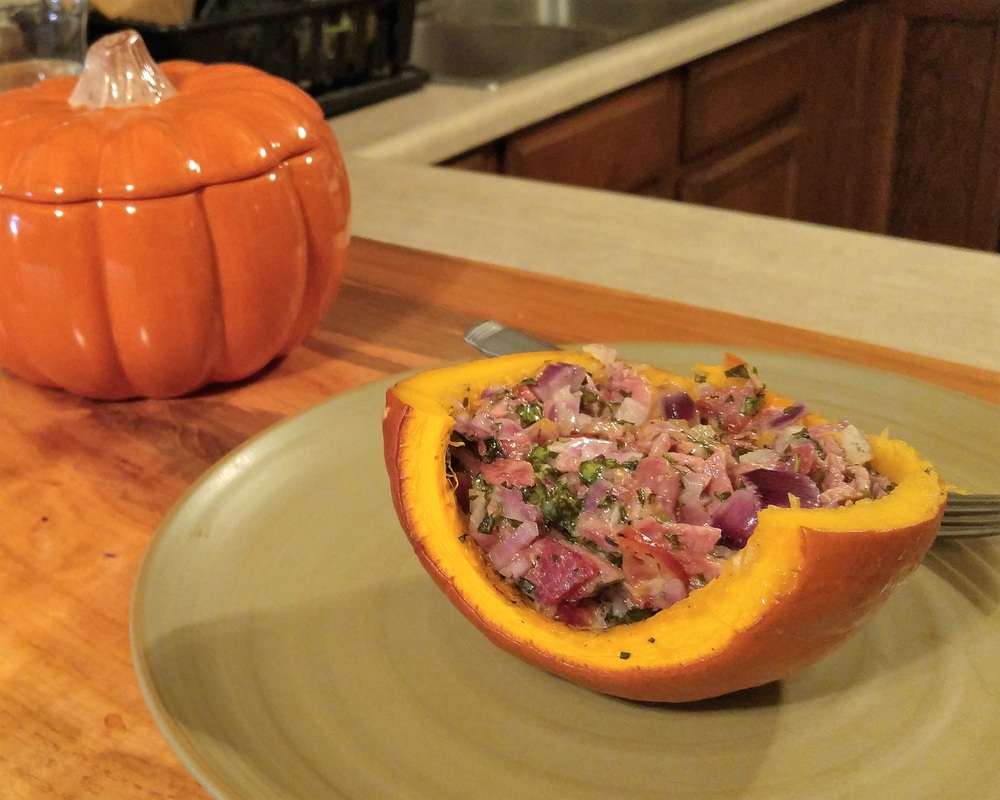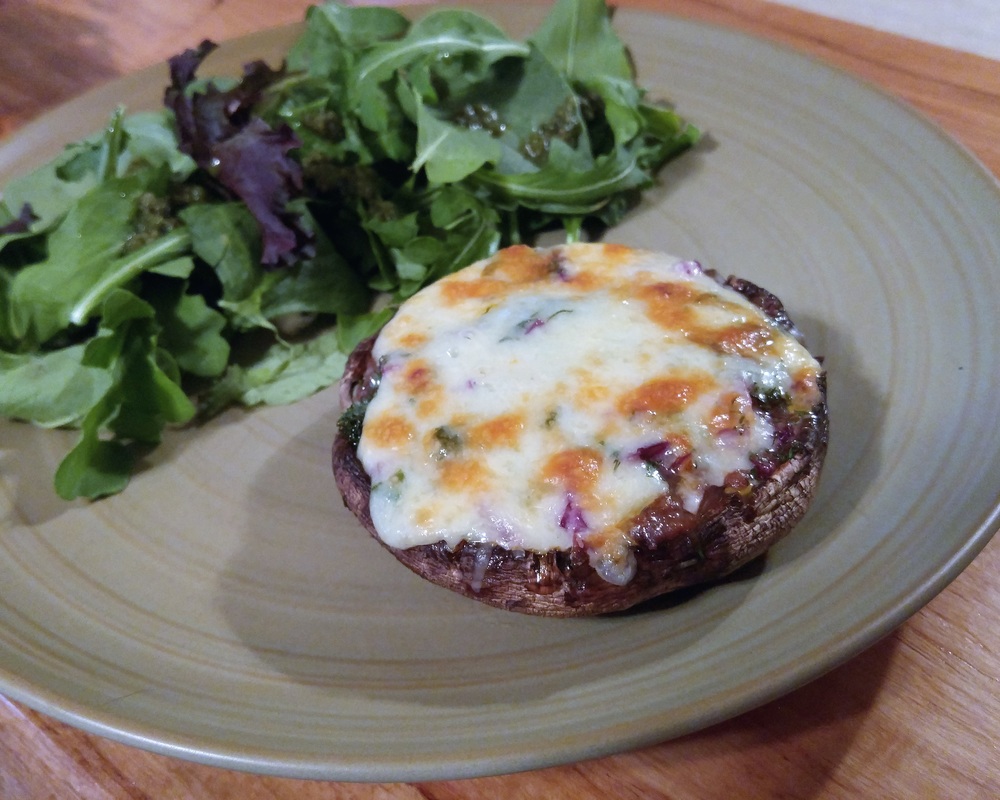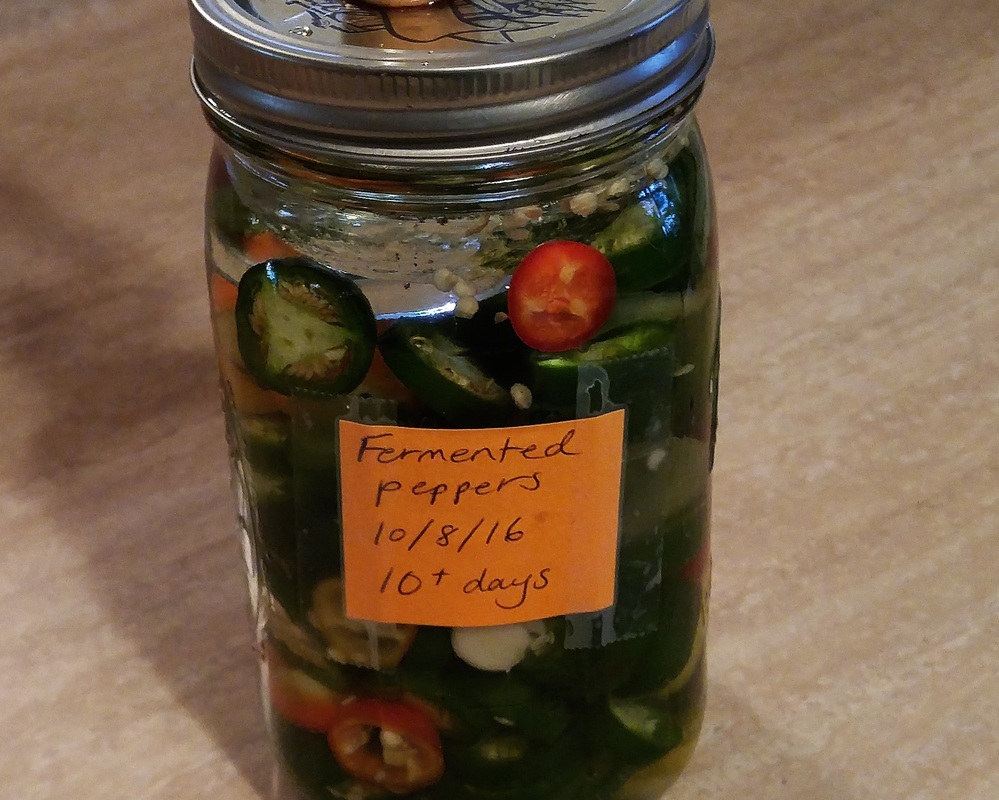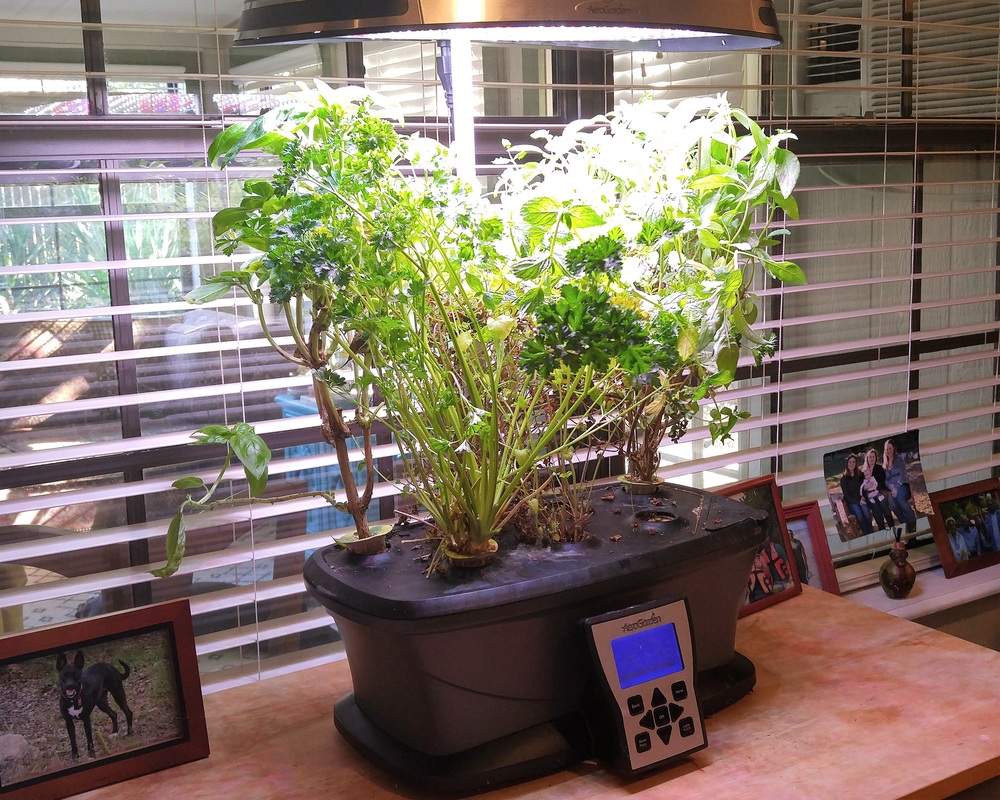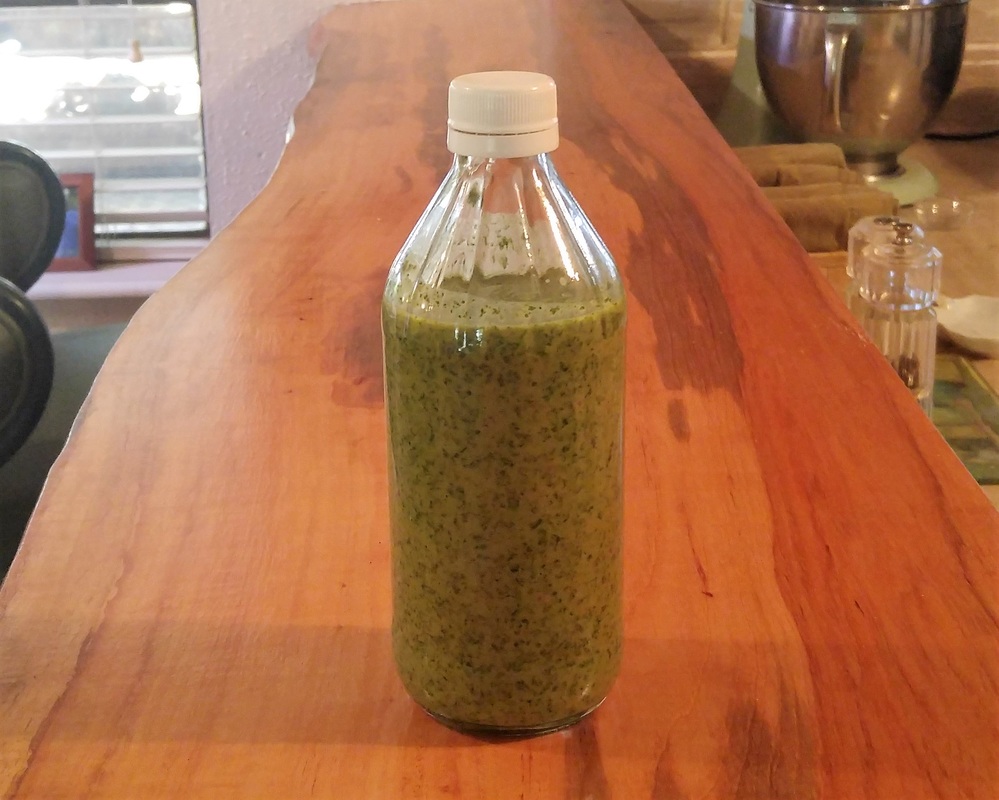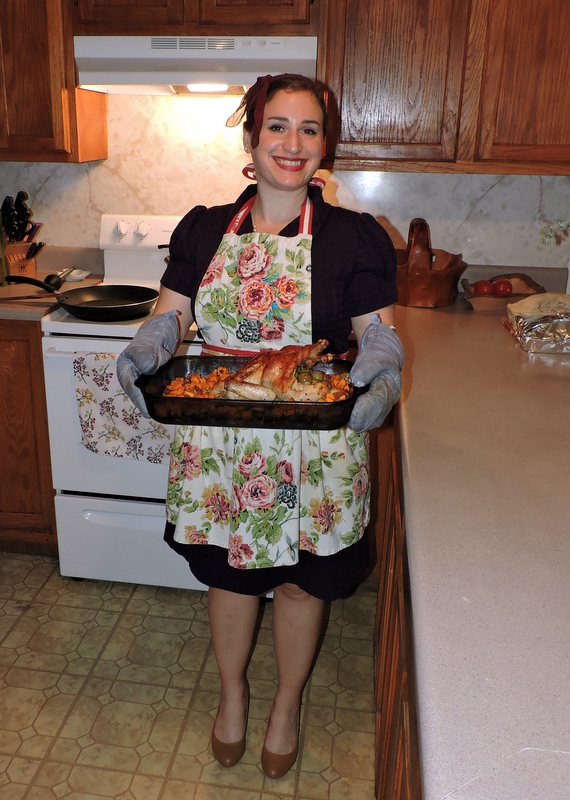|
I’ve loved chocolate milk since I was a little girl. I still drink it once a week or so as a special treat. Homemade chocolate syrup is so easy to make, and you probably have all the ingredients in your pantry: cocoa powder, sugar, salt, and vanilla. If you want to make it fancier, you can add espresso powder, which gives a boost to the chocolate flavor. I didn’t use it this time, but trust me, it’s a fantastic addition if you happen to have it. The syrup is still chocolatey delicious without it though!
3 Comments
I stuffed this little pie pumpkin full of ham, cheese, onion, and basil and it was delicious! Most stuffed pumpkin recipes I’ve seen include bread and milk or eggs. I wanted something lower carb and less rich. Something that felt decadent but still fit within my diet. So I left out the bread and milk, and I think it’s better this way. The flavors of each ingredient really came through.
We have a great source of local, organic mushrooms. Every week I have the privilege of picking up a couple of these beautiful portabellas at our local farm club. Invariably, I stuff them full of cheese and other complimentary ingredients. Cheese please, I chant!
This is a quick, easy, and always delicious dinner. Last night, I used cheddar cheese, refried beans, hot sauce, onion, and dill. It took less than 30 minutes, start to finish. I baked them in our mini convection oven, to save energy and heat up the house less. This recipe for fermented peppers is my absolute favorite ferment. I make it with the abundance of peppers I grow in my garden each year. It works for any kind of pepper. I have used jalapeños, banana peppers, poblanos, and Rio Grande Golds, to name a few. They come out a bit like the pickled pepperoncinis that often come with pizza. I use them in sandwiches, salads, rice or quinoa dishes, and many other ways.
Fermentation is all the rage because of its wide array of health benefits, especially in providing probiotic bacteria that are good for digestion. This will just be a short delve into fermentation basics with some helpful links to explore. Fermentation is a type of pickling. You put food in a jar, cover it in brine, and wait for the natural bacteria to digest the food, enhancing its vitamin content and providing an abundance of probiotic bacteria that will benefit your gut when consumed. You use a saltwater brine to preserve and protect the food while it ferments. This is different than vinegar pickles or any type of canned pickles. Vinegar contains different organisms that aren’t as good for you (they’re not bad though) or no organisms at all. Canning methods use submersion in a hot water bath, which kills the beneficial bacteria desired in fermentation. Pretty much any kind of fruit or vegetable can be pickled through fermentation. The result is tangy and sour. Think sauerkraut, kimchi, and traditional dill pickles. We got the fantastic Aerogarden last year as a gift. It’s a hydroponic garden with a digital display that tells you when to add fertilizer and water. The lights are programmed to go on and off on a daily cycle. It’s about as easy as gardening can be. Ours was meant for herbs, and came with a bunch of little pre-seeded pods that we inserted. We’ve been growing the same set of herbs for about 9 months now. We started with two kinds of basil, mint, parsley, chives, and cilantro. The chives never sprouted and the cilantro finished a few months ago. The basil, mint, and parsley are still going strong. We can hardly keep up! We’re always looking for ways to use the abundance of herbs.
|
AuthorMy name is Hillary. This blog is about the everyday food I prepare in my kitchen, with tips and recipes for easy, wholesome, and diet friendly meals. I have been chanting "cheese please!" since I was a toddler, although lately I've cut back on dairy. Archives
June 2018
Categories
All
|
